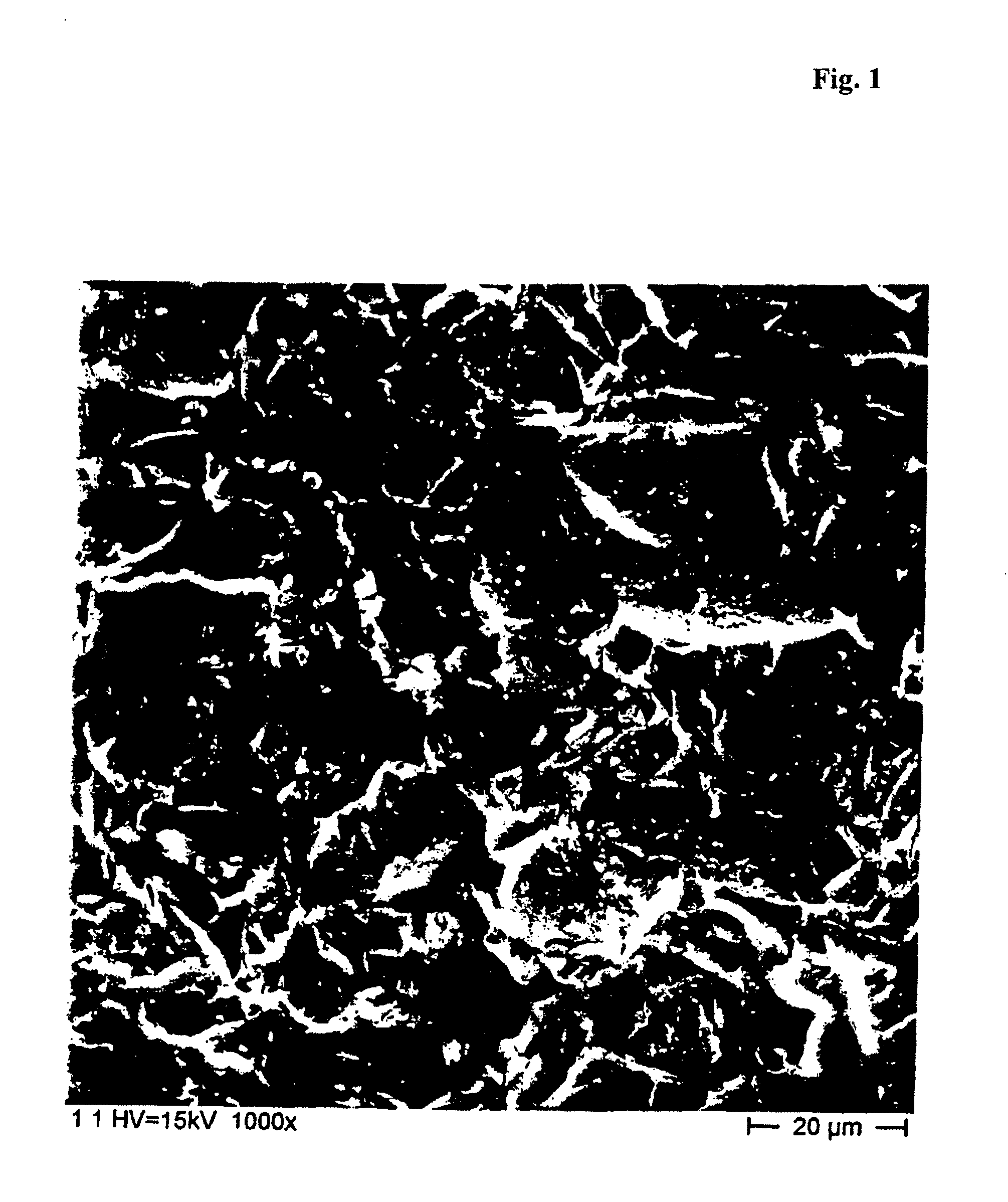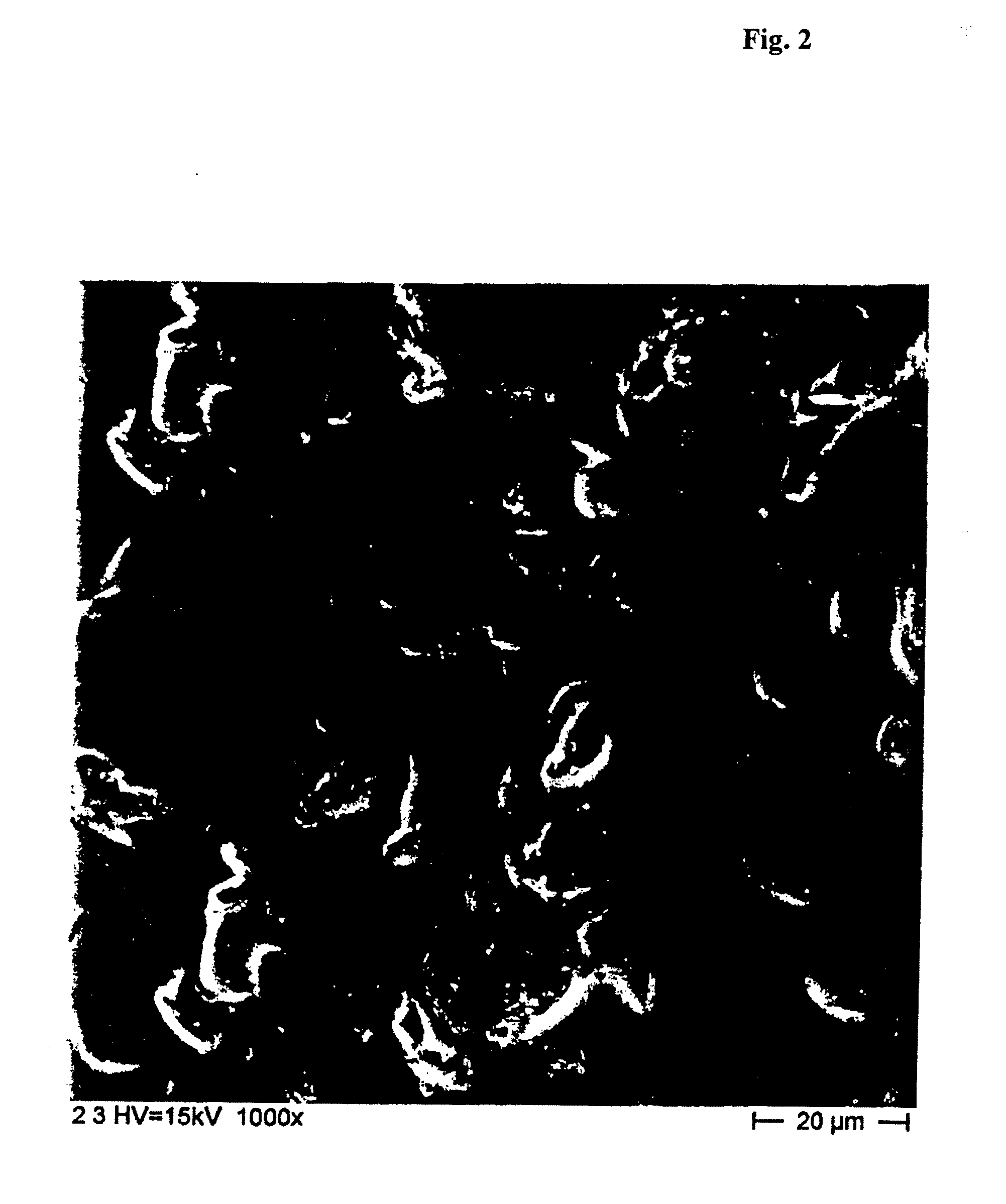Method of Modifying Flat Glass Surface and Apparatus for Carrying Out the Method
a flat glass surface and apparatus technology, applied in the direction of gear teeth, grinding machines, gear teeth manufacturing tools, etc., can solve the problems of affecting the operation of the equipment, etc., to achieve the effect of facilitating a great dispersion of light, improving functional properties, and being easy to clean
- Summary
- Abstract
- Description
- Claims
- Application Information
AI Technical Summary
Benefits of technology
Problems solved by technology
Method used
Image
Examples
Embodiment Construction
OF CARRYING OUT THE INVENTION
[0015]The tarnishing of glass works in two steps. The first step is roughing i.e. eroding the hard smooth surface layer of the glass by the means of brushing. The second step is polishing of this layer to a needed quality of roughness and transparency of the surface which is also done by brushing. The brushing of the glass works by means of a rotational brush that has plastic threads in which abrasive grains of synthetic diamond are situated. The threads on the brush are radially oriented to the axis of rotation. The surface of the glass is cooled down and washed over with water. The centrifugal force stretches the plastic threads perpendicularly to the axis of rotation. The abrasive grains in the threads of the brush move circularly towards the tangent plane of the glass. As the rotating brush is moved closer to the glass surface, the abrasive grain collides with the glass surface and move over it in short straight line. The kinetic energy of the abrasi...
PUM
| Property | Measurement | Unit |
|---|---|---|
| thickness | aaaaa | aaaaa |
| length | aaaaa | aaaaa |
| depth | aaaaa | aaaaa |
Abstract
Description
Claims
Application Information
 Login to View More
Login to View More - R&D
- Intellectual Property
- Life Sciences
- Materials
- Tech Scout
- Unparalleled Data Quality
- Higher Quality Content
- 60% Fewer Hallucinations
Browse by: Latest US Patents, China's latest patents, Technical Efficacy Thesaurus, Application Domain, Technology Topic, Popular Technical Reports.
© 2025 PatSnap. All rights reserved.Legal|Privacy policy|Modern Slavery Act Transparency Statement|Sitemap|About US| Contact US: help@patsnap.com



